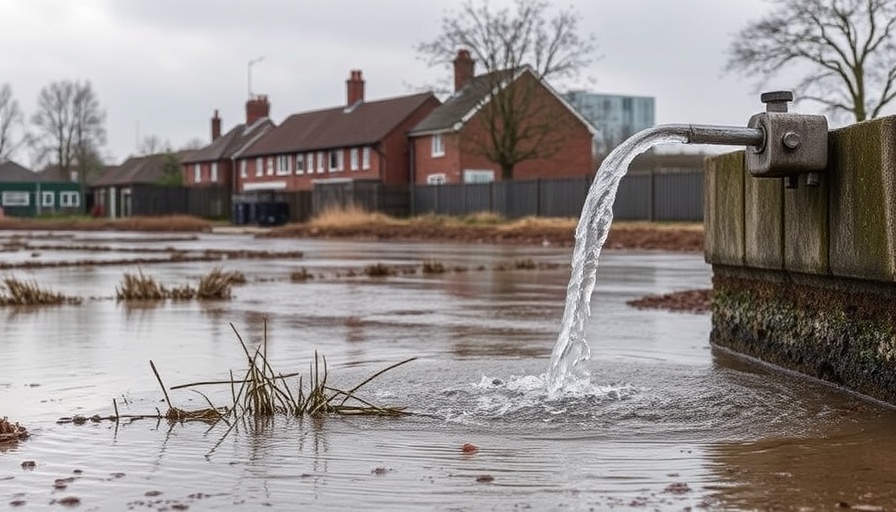
The Water Conundrum: AI's Unseen Cost
The artificial intelligence boom is shaking up not just tech landscapes but also environmental forecasts in England. A recent warning from the Environment Agency reveals a future where England's water shortfall may reach up to 5 billion liters a day by 2055 if we don’t act urgently. Surprisingly, this estimate excludes the vast, unmonitored water consumption of datacentres essential for AI operations. These facilities use significant water to cool servers, yet they’re not required to report their usage. This lack of data creates a major blind spot in our water resource planning.
Understanding the Need for Water in AI
Even as AI technology advances, it’s crucial to remember that modern innovations come with considerable costs. Each kilowatt-hour of energy used in AI datacentres can require between 1.8 to 12 liters of water just for cooling needs. As the AI industry scales, one study predicts it could consume up to 6.6 billion cubic meters of water globally by 2027—an alarming figure considering it parallels two-thirds of England's entire annual water consumption. Without stringent checks and transparency from these datacentres, predicting water shortages will remain virtually impossible.
The Implications for Society
The ramifications of these water shortages span beyond everyday frustrations; they threaten economic growth, food production, and ecological stability. According to Alan Lovell, chair of the Environment Agency, the increasing pressure on water resources could lead to drastic impacts on both human lifestyles and natural habitats. It's not just about availability; it's about sustainability and being responsible stewards of our shared environment. As water companies work on plans for new reservoirs and desalination projects, the burden of rising water bills is becoming a growing concern for households.
What Can Be Done?
With AI becoming integral to the economy, we must ask: How can we ensure technology development aligns with sustainable resource use? One recommendation echoes throughout discussions about AI's future: transparency. Requiring datacentres to report their water use can help the government and agencies better calculate future resource allocations. Furthermore, investing in AI solutions that optimize water use across industries could pave the way for smarter consumption and treatment of this precious resource.
Looking Ahead: The Future of Water and AI
As we approach a future increasingly influenced by AI, a conversation about our shared water supply becomes imperative. With growing technological advancements, we must ask ourselves: how can we balance innovation with sustainability? As we work towards clearer projections and policies, the challenge lies in blending environmental ethics with the exciting possibilities that AI presents.
In conclusion, the intersection of AI and environmental sustainability is a complex and pressing issue. As technology enthusiasts and innovators, we must advocate for a future that aligns ecological responsibility with advancements in artificial intelligence. This approach will harness AI's potential while ensuring we don’t compromise the invaluable water resources our communities rely on.
 Add Row
Add Row  Add
Add 




 Add Row
Add Row  Add
Add 



Write A Comment